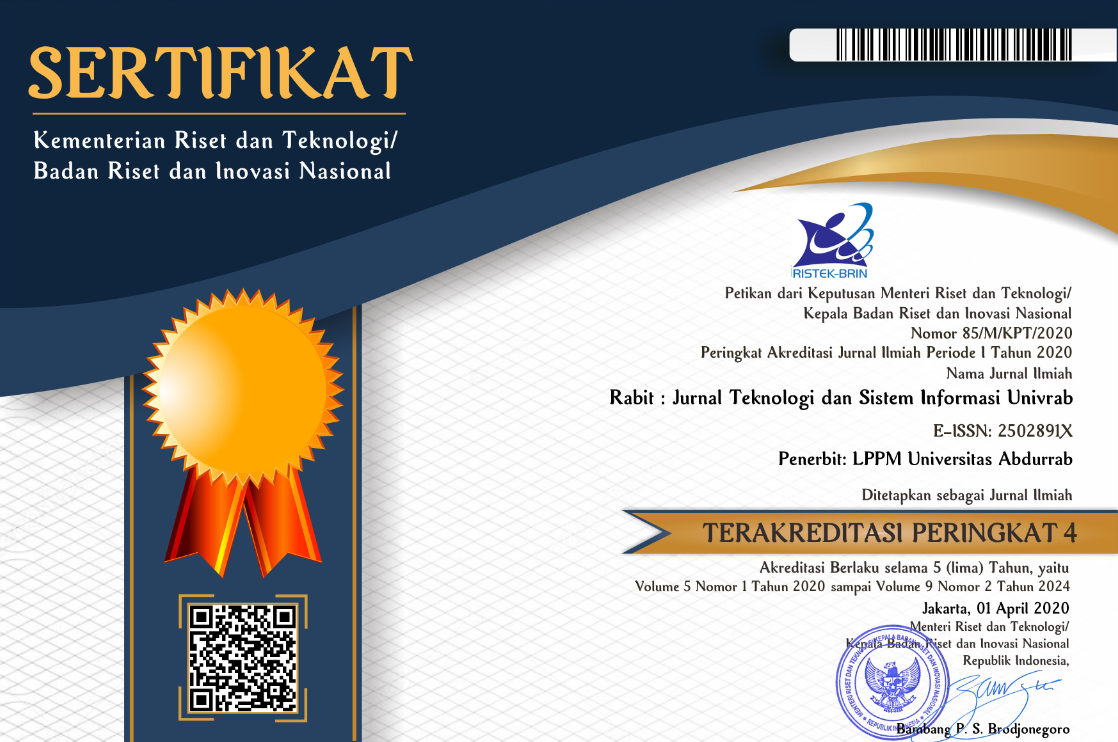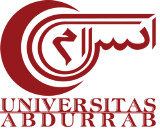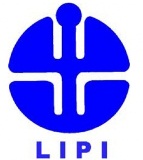PEMBUATAN PROTOTYPE GAME EDUKASI BERBASIS ROLE PLAYING GAME (RPG) SEBAGAI MEDIA PEMBELAJARAN KIMIA UNSUR
Abstract
Games in the form of learning media are one of the innovations in the world of education. Based on interviews conducted by the author with students and teachers, it was revealed that Chemistry is not one of the materials that are considered difficult. In addition, students are also less interested in taking chemistry lessons because of the difficulty of understanding the material presented. To help and facilitate teachers and students in the learning process of Periodic system of elements in the classroom, making games as a medium for learning Periodic system of elements is an opportunity to be researched. The research method used is ADDIE (Analyze, Design, Development, Implementation, and Evaluation). This research has succeeded in producing educational game products based on role playing games (RPG) as learning media for Periodic system of elements. The educational game was successfully developed using the RPG Maker application. The results of the expert validity test and the teacher's response test to the educational games that were built were 1) Material expert validators with an average value of 3.33 were in the very good category 2) Media expert validators with an average value of 3.22 were in the good category 3) The learning expert validator with an average value of 3.27 is in the very good category. 3) The results of the teacher's response test with an average value of 3.62 are in the very good category. The results of the validity test and response test showed that the educational game made was feasible to be implemented in the classroom and used as a learning medium for Periodic system of elements.
References
old.unhas.ac.id/index.php/panritaabdi/article/view/6551
D. Putranto, W. A. Ulfah, S. Muhammadiyah, and B. Belitung, “Pengembangan Model Pembelajaran Gerak Multilateral Berbasis Role Playing Game ( RPG ) Pada Siswa Sekolah Dasar Dipublikasikan Oleh : UPT Publikasi dan Pengelolaan Jurnal Universitas Islam Kalimantan Muhammad Arsyad Al-Banjari Banjarmasin UPT Publikasi dan,” pp. 17–25.
Susilayani, “Upaya Meningkatkan Hasil Belajar Siswa Kelas XII IPA3 Pelajaran Kimia Materi Kimia Unsur Melalui Pembelajaran Discovery Inquiry Pada Sma Negeri 1 Muara Batu Kabupaten Aceh Utara,” Pelita Eduka, vol. 1, no. 1, pp. 109–116, 2021.
M. Molenda, “In Search of the Elusive ADDIES Model,” Next, the textbooks on ID, 2001, Accessed: Jun. 20, 2022. [Online]. Available: http://www.nwlink.com/~donclark/hrd/sat1.html#model.
A. Sahfitri and S. Hartini, “Metode ADDIE Pada Aplikasi Interaktif Mengenal Bagian Tubuh Manusia Dua Bahasa Untuk Anak Sekolah Dasar,” Information System For Educators And Professionals, vol. 3, no. 2, pp. 141–152, 2019, [Online]. Available: http://ejournal-binainsani.ac.id/index.php/ISBI/article/view/1085/955
“RPG Maker MV | RPG Maker | Make Your Own Video Games!” https://www.rpgmakerweb.com/products/rpg-maker-mv (accessed Oct. 26, 2021).

This work is licensed under a Creative Commons Attribution-NonCommercial-ShareAlike 4.0 International License.
Copyright Notice
The copyright of the received article shall be assigned to the publisher of the journal. The intended copyright includes the right to publish the article in various forms (including reprints). The journal maintains the publishing rights to published articles. Therefore, the author must submit a statement of the Copyright Transfer Agreement.*)
This work is licensed under a Creative Commons Attribution-NonCommercial-ShareAlike 4.0 International License.
In line with the license, authors and any users (readers and other researchers) are allowed to share and adapt the material only for non-commercial purposes. In addition, the material must be given appropriate credit, provided with a link to the license, and indicated if changes were made. If authors remix, transform or build upon the material, authors must distribute their contributions under the same license as the original.
Please find the rights and licenses in RABIT : Jurnal Teknologi dan Sistem Informasi Univrab. By submitting the article/manuscript of the article, the author(s) accept this policy.
1. License
The non-commercial use of the article will be governed by the Creative Commons Attribution license as currently displayed on Creative Commons Attribution-NonCommercial-ShareAlike 4.0 International License.
2. Author’s Warranties
The author warrants that the article is original, written by stated author(s), has not been published before, contains no unlawful statements, does not infringe the rights of others, is subject to copyright that is vested exclusively in the author and free of any third party rights, and that any necessary written permissions to quote from other sources have been obtained by the author(s).
3. User Rights
RABIT's spirit is to disseminate articles published are as free as possible. Under the Creative Commons license, RABIT permits users to copy, distribute, display, and perform the work for non-commercial purposes only. Users will also need to attribute authors and RABIT on distributing works in the journal.
4. Rights of Authors
Authors retain all their rights to the published works, such as (but not limited to) the following rights;
- Copyright and other proprietary rights relating to the article, such as patent rights,
- The right to use the substance of the article in own future works, including lectures and books,
- The right to reproduce the article for own purposes,
- The right to self-archive the article,
- The right to enter into separate, additional contractual arrangements for the non-exclusive distribution of the article's published version (e.g., post it to an institutional repository or publish it in a book), with an acknowledgment of its initial publication in this journal (RABIT : Jurnal Teknologi dan Sistem Informasi Univrab).
5. Co-Authorship
If the article was jointly prepared by other authors, any authors submitting the manuscript warrants that he/she has been authorized by all co-authors to be agreed on this copyright and license notice (agreement) on their behalf, and agrees to inform his/her co-authors of the terms of this policy. RABIT will not be held liable for anything that may arise due to the author(s) internal dispute. RABIT will only communicate with the corresponding author.
6. Royalties
This agreement entitles the author to no royalties or other fees. To such extent as legally permissible, the author waives his or her right to collect royalties relative to the article in respect of any use of the article by RABIT.
7. Miscellaneous
RABIT will publish the article (or have it published) in the journal if the article’s editorial process is successfully completed. RABIT's editors may modify the article to a style of punctuation, spelling, capitalization, referencing and usage that deems appropriate. The author acknowledges that the article may be published so that it will be publicly accessible and such access will be free of charge for the readers as mentioned in point 3.
 PDF (Bahasa Indonesia)
PDF (Bahasa Indonesia)
 Abstract views: 240
Abstract views: 240
 downloads: 236
downloads: 236

 :
:












